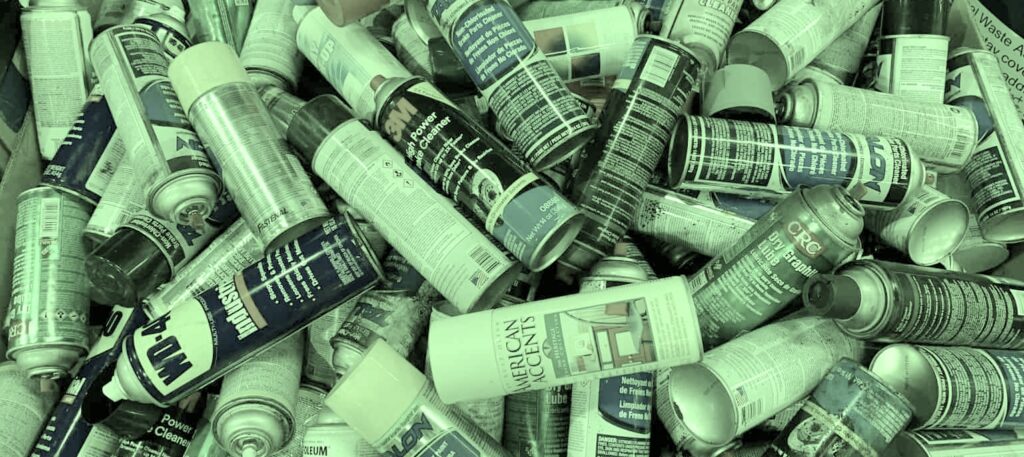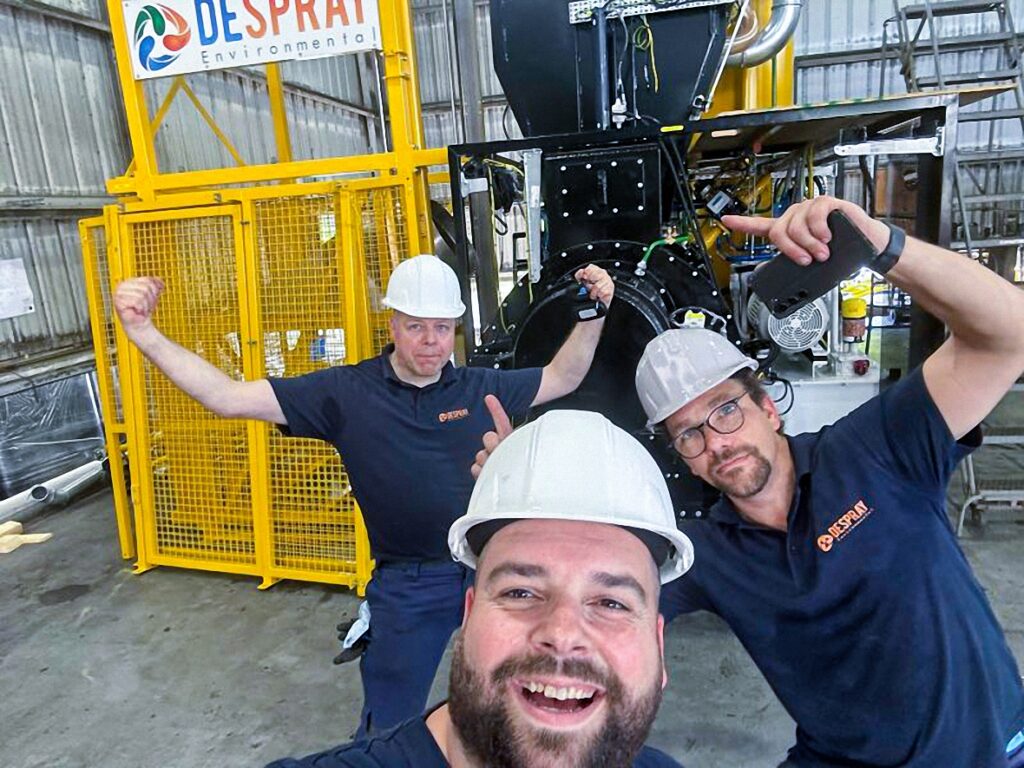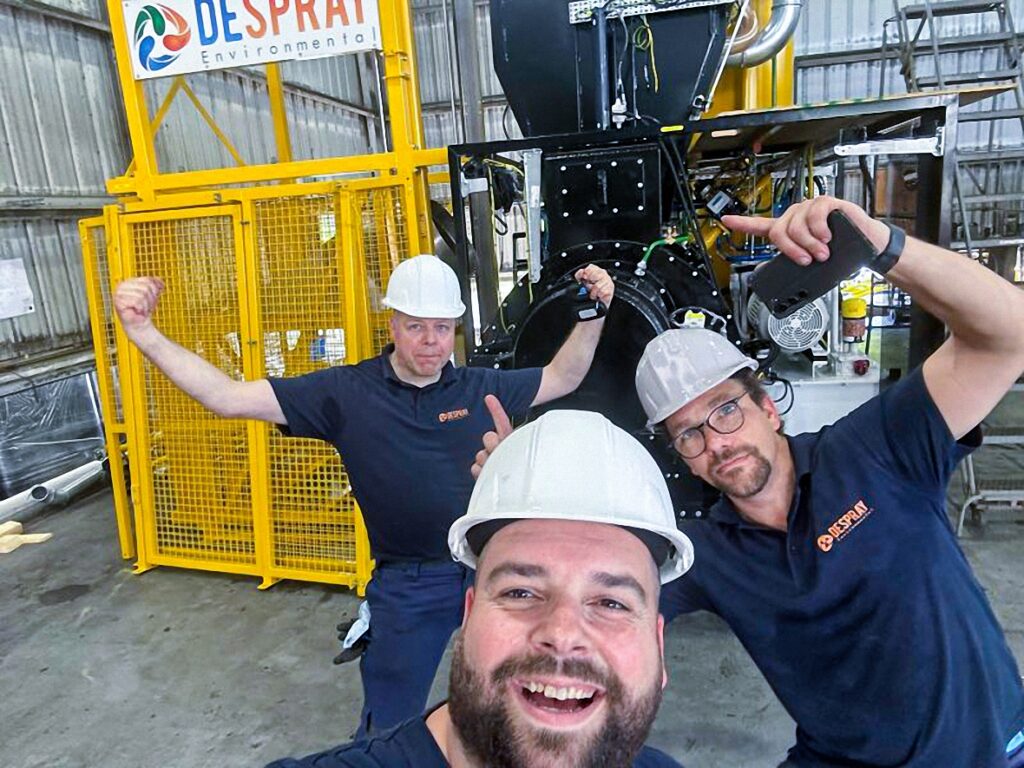Aerosol cans pose a unique hazard during disposal due to their pressurized contents and residual chemicals. Historically, improper handling led to workplace explosions and environmental contamination. Today, engineering advancements offer robust solutions for safely managing these materials.
Systems like the Aerosolv® Can Recycling System and NEWSTRIPE AeroVent® puncture and drain cans within sealed environments, capturing volatile organic compounds (VOCs) with carbon filtration. DESPRAY Environmental, a Dutch innovator, developed a closed-loop depressurization system that eliminates the need for external ventilation, minimizing operator risk.
Early aerosol disposal methods like landfilling and incineration have been largely replaced thanks to regulatory frameworks such as the U.S. EPA’s Universal Waste Rule, and Europe’s Waste Framework Directive, which enforce proper containment, separation, and reprocessing protocols.










